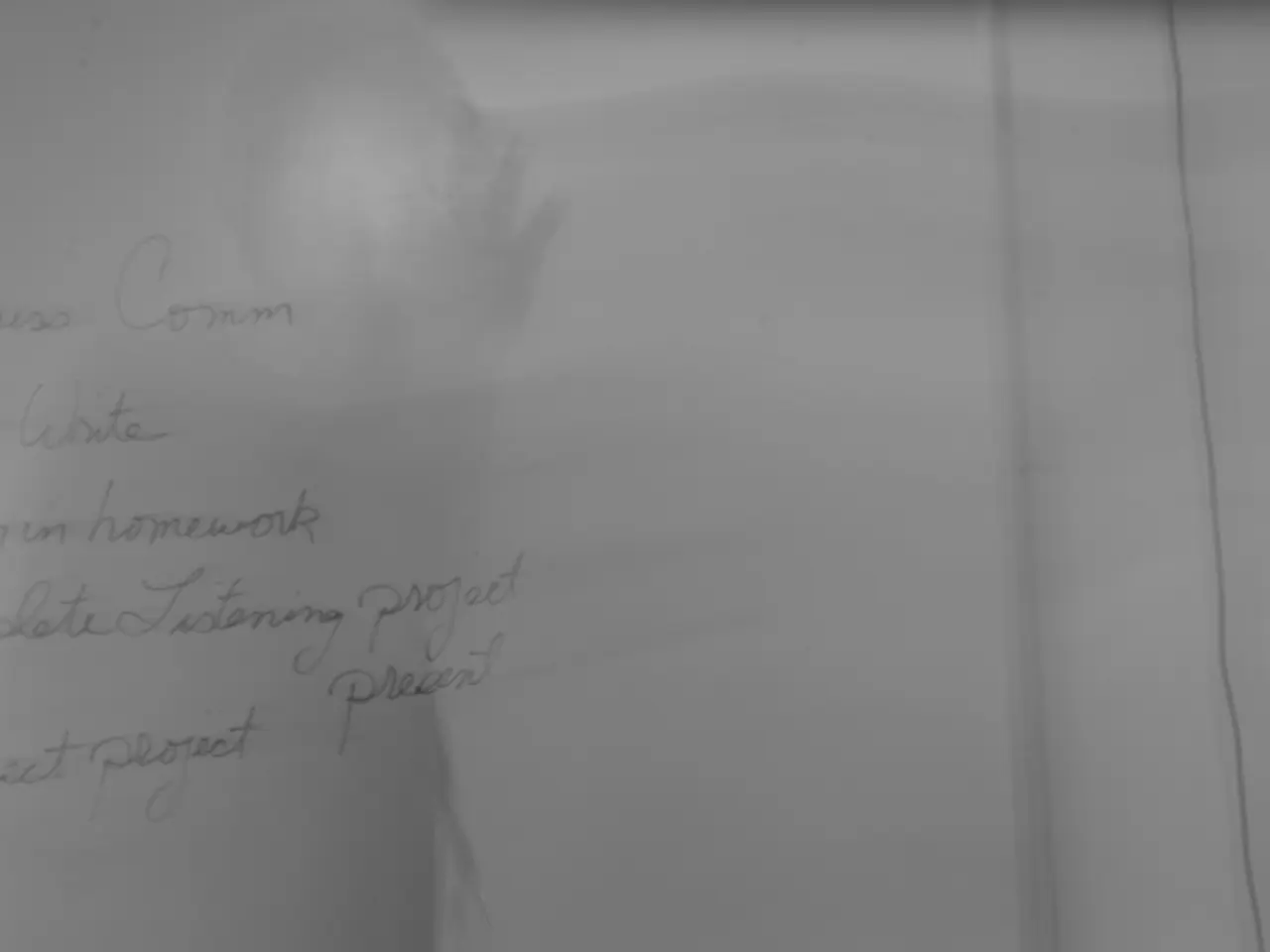Exploring Patent Assertions: A Deep Dive into Legal Precision for IP Clarity
Patent claims are a crucial aspect of a patent document, serving as legal statements that define the scope of protection granted to the patent holder. They articulate what the inventor claims as their invention, distinguishing it from prior art.
A well-crafted transitional phrase ensures clarity and precision, guiding stakeholders in assessing the breadth of protection an inventor seeks. This phrase functions as a bridge between the preamble and the body, determining whether the claim is open or closed.
The preamble in a patent claim often contains key terms that help clarify the invention's relevance, such as its field of technology or industry. It provides context for the claim itself, typically identifying the subject matter the inventor seeks to protect.
The body of the claim is the central component within a patent claim, serving as the foundation for defining the scope of protection sought by the inventor. Within the body, inventors detail the essential characteristics and functionalities of the invention.
Understanding the nuances of the transitional phrase is vital for interpreting patent claims effectively. Misinterpretation of the transitional phrase can lead to significant consequences in both enforcement and litigation. The choice of transitional phrase directly impacts the legal protections afforded to the invention.
Common mistakes to avoid when interpreting patent claims include relying too heavily on the description over clear claim language, focusing on disclosure rather than claims, misinterpreting the claim scope (too narrow or too broad), ignoring claim language clarity and consistency, neglecting dependent claims and alternative embodiments, and disregarding ongoing monitoring of pending applications.
To avoid these errors, focus your analysis primarily on the claim language itself, ensure claim terms are read clearly and in context, consider the role of dependent claims and embodiments, and maintain vigilance for changes in pending applications. Consulting a patent attorney or specialist is often crucial for precise claim interpretation and risk assessment.
A thorough comprehension of patent claims enables stakeholders to determine the extent of rights conferred by a patent. Patent claims serve a pivotal function in delineating the boundaries of patent protection for an invention. Understanding patent claims is fundamental in patent law, as they establish the boundaries of exclusivity.
Read also:
- Kobo, a prominent e-reading platform managed by Rakuten, relies excessively on third parties for its software operations.
- Evolution of Horror Movies Addressing Contemporary Worries and Anxieties in Society
- New hire: Cameroon operations to be overseen by ex-MTN executive, Joël Bertrand Ndjodo, at Wave
- Data Analysis Using MapReduce Program - Examining Weather Records to Identify Extreme Temperature Days




